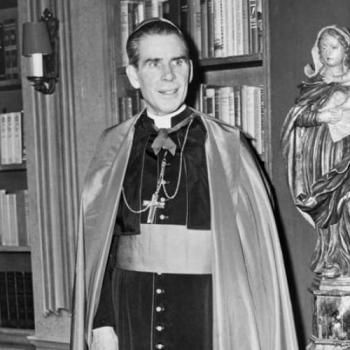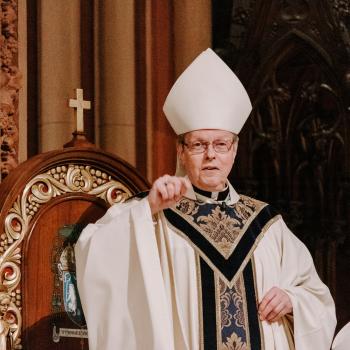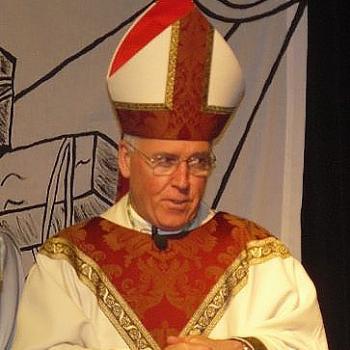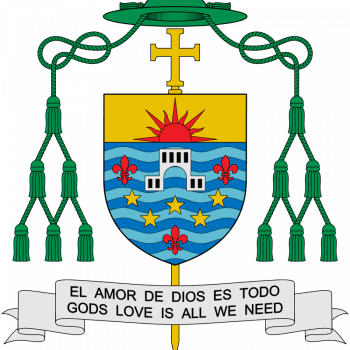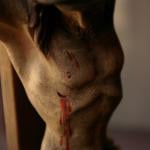An excellent report by Crux’s Christopher White lays out the facts behind the sudden and headline-grabbing departure of Bishop Martin Holley.
In the first of a three-part series, he writes:
In a sense, this story is bigger than Holley and Memphis. It’s about how quickly an apparently well-functioning diocese can be thrown into turmoil when a new bishop, for whatever reason, struggles to bring his priests and people in line with his vision – and thus, perhaps, an object lesson for incoming shepherds everywhere…
…Priests recalled a chaotic tenure under a new bishop who, according to one diocesan official, “managed to unite everyone from the LGBT-friendly priests to the Extraordinary Form priests” in protest against his management style.
Some examples:
After his installation, Holley sought to meet with all the priests individually at chancery offices, as well as visiting every parish – a show of local engagement greeted with enthusiasm by his clergy.
Yet when priests showed up for their meetings in collared shirts or brown shoes, Holley issued a diocesan-wide memo on priestly attire after sending one priest home who served at a parish nearly two hours away.
While a relaxed and familial relationship defined Steib’s tenure, Holley insisted on being called “Your Excellency.” Priests, used to getting weekly e-mail updates from the bishop and enjoying free-ranging communication with him, now felt their new bishop was “distant.”
“The one word I use to describe his time in Memphis is a monarchy,” said one young priest, who asked not to be named as he thought it would bring attention to his parish.
As clergy struggled to adapt to a new governing style, Holley seemed undeterred. One former lay official who worked with Holley told Crux that he would frequently say, “I am going to break these priests.”
For many clergy, that breaking point came during Holley’s first Lent, following an announcement that he would be moving two-thirds of his priests to new assignments.
While Holley would later state that he only moved 26 priests, an internal memo obtained by Crux enumerates 43 changes, or just over 70 percent of active diocesan priests.
Several of these priests told Crux their new assignments reflected little understanding of their skills or the make-up of the parishes involved. Of the surprise changes, some priests were moved a year before retirement, an English language priest was sent to an entirely Hispanic parish despite not speaking Spanish, and other priests who had only been in their previous posts for one to two years were uprooted.
Monsignor John McArthur, 68 at the time, was not only told by Holley that he was being forcibly retired, but to bring an end to a popular annual Easter sunrise Mass that McArthur helped launch. While the event regularly drew some 1,500 local Catholics, Holley dismissed it as a “pagan ritual.”
I look forward to reading the other two parts.
UPDATE: Part two is now up. Read it here.



